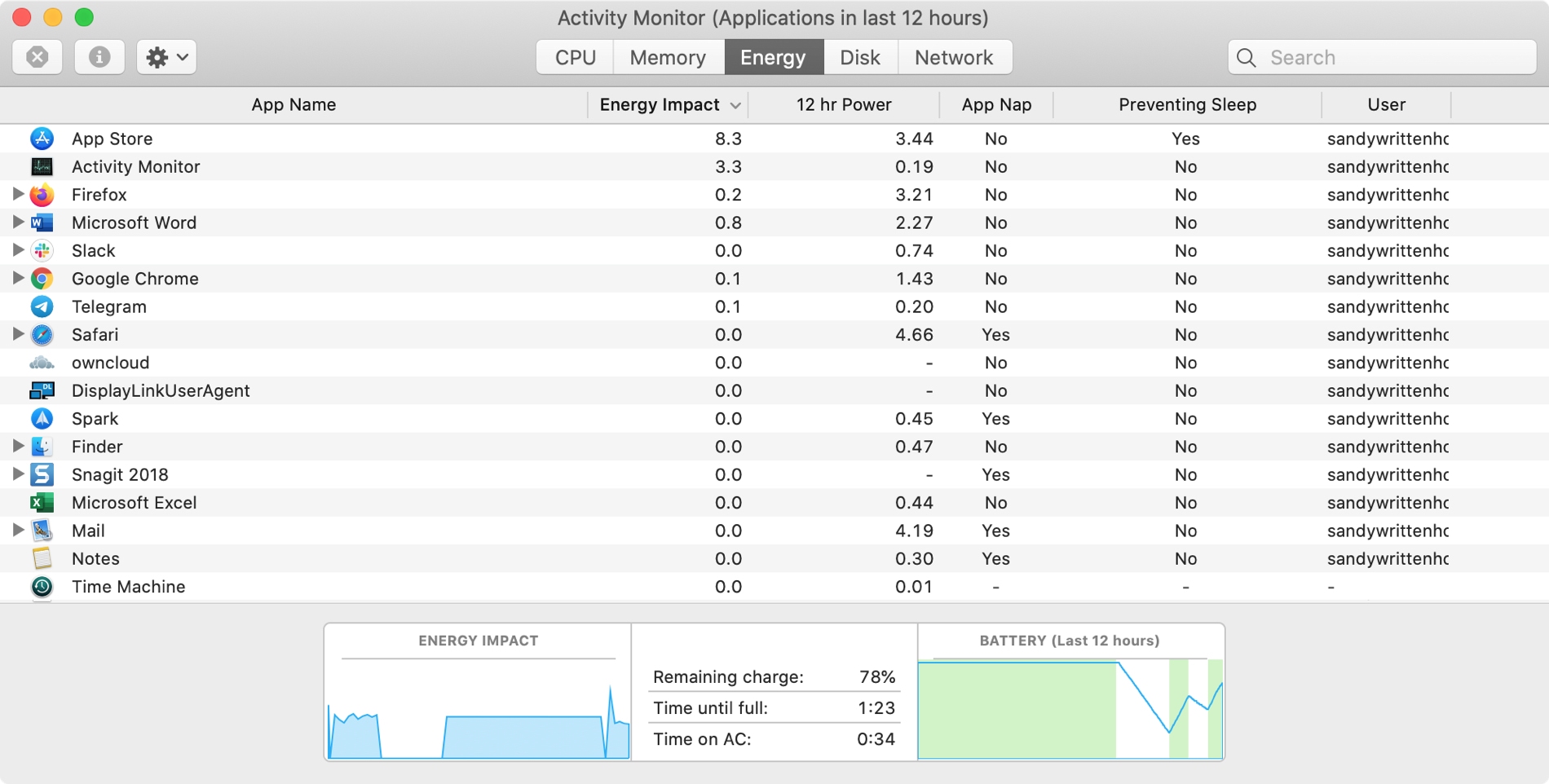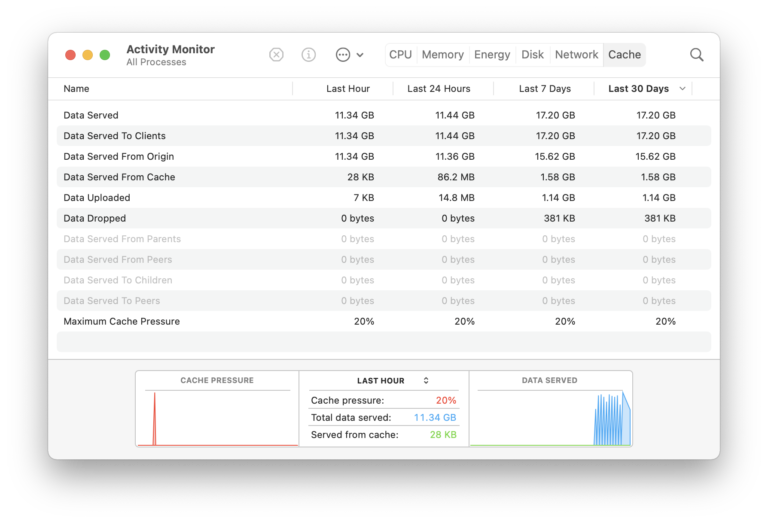

Activity monitor mac mavericks software#
While you might not want to switch from trusty Chrome or philosophically pure software like Firefox, getting the longest battery life on your Mac means you should consider using Safari 7. While this information will be useful on an individual level, third party developers will also be increasingly aware of just how much energy their apps use. However, it's possible to see "No Apps Using Significant Energy," which means, hey, your computer is chilling at the moment. It essentially lists the top two or three apps from the aforementioned Activity Monitor Energy tab. That's why Apple's put a Sparknotes version up in your status bar. Of course, most people aren't going to be dipping into the Activity Monitor on a regular basis.

Which is fine! The whole idea behind App Nap is that it runs in the background, looking for apps that fit certain criteria like whether they're maximized or currently downloading or playing media. That means cycle-hogging processes like Spotlight and Time Machine now work in the background.Īpple's new suite of energy saving settings, App Nap - not to be confused with Power Nap - doesn't really have an interface. You can, however, re-arrange CPU processes so the processor is idle for longer. Sure, your screen uses a lot of battery, but you can't really turn that off. But along with that automatic battery savings, Mavericks includes a powerful suite of tools that can extend your laptop's life even longer.Īpple's approach to power consumption is simple: If you're not working on a process right this moment, OS X drops it into the background and has the CPU more or less ignore it.
Activity monitor mac mavericks install#
By itself, that's reason enough to install Mavericks. In my personal experience with a 2011 Macbook Air, I saw similar gains. According to Craig Federighi, Apple's senior vice president of Software Engineering, if you were to take the newest MacBook Air and install Mavericks, you'd get an hour longer to browse the web - even if you don't take any other battery-saving actions.

So, somehow, the root of my tccd problem was the existence of broken Hazel rules.If there's one major point of emphasis for Apple's new desktop operating system, it's battery life.

After fixing those rules, to my amazement, the problem with the tccd process completely disappeared. What I found is that several of my Hazel rules involved moving files to a folder which no longer existed (I had moved it a few days ago). Watching the Activity Monitor for a while, I noticed that Hazel’s “hazelworker” process sometimes ramped up around the same time as the tccd process-you can see this in the screenshot above, in fact-so I started poking around there. That appears to be correct-after I deleted the TCC.db database, the OS started popping up lots of dialogs asking permission if this app or another could have access to my contacts.īut resetting the TCC.db database unfortunately didn’t solve my problem with the tccd process using lots of CPU and memory. In another post someone mentions that the tccd process manages which applications have access to your contacts. In this post on the Apple Support Communities forum, a user reports high memory usage of the tccd process, but there are no solutions proposed. When I checked this morning, it had grown to 1.3GB. At the same time, the process’s memory would grow and grow. Periodically-and frequently-a process called, “tccd”, would momentarily ramp up its CPU usage to around 50%. For the past few days, the CPU on my 11″ MacBook Air, running OS X Mavericks 10.9.1 has looked like this:


 0 kommentar(er)
0 kommentar(er)
